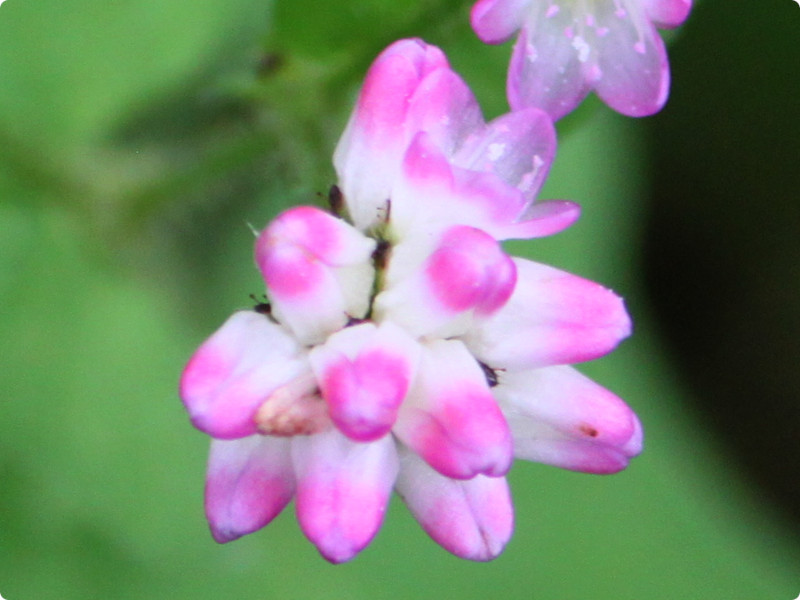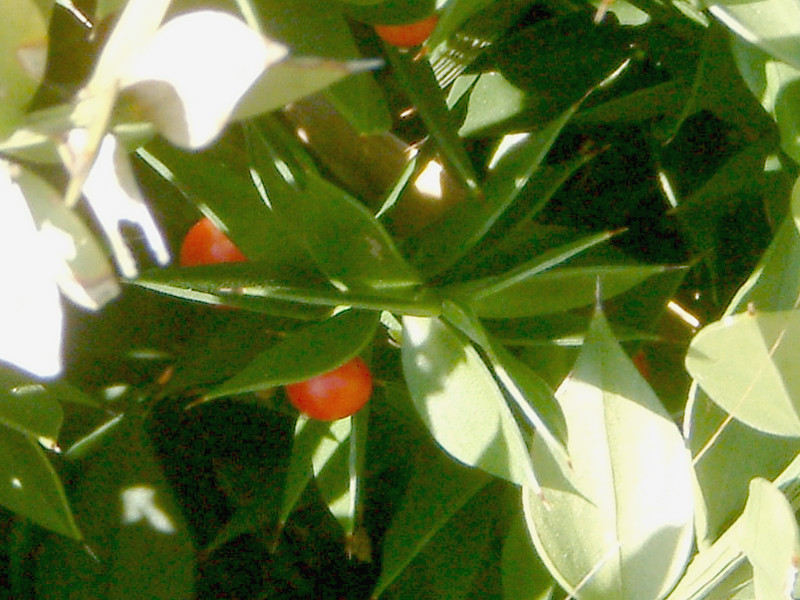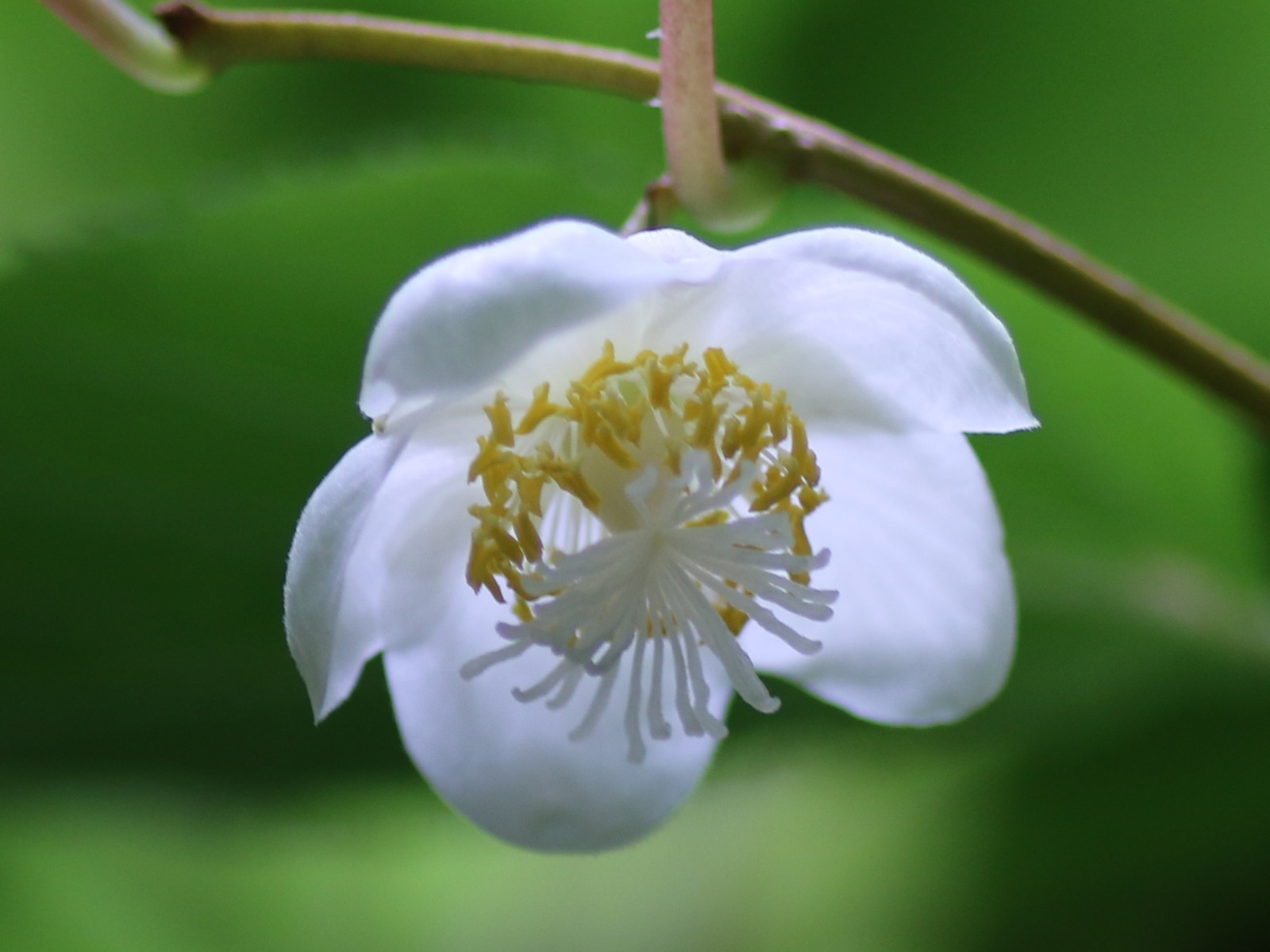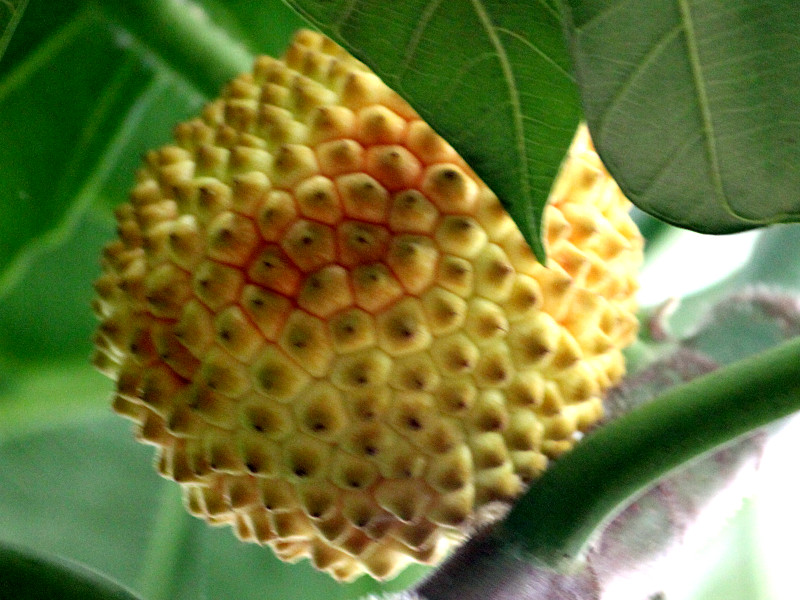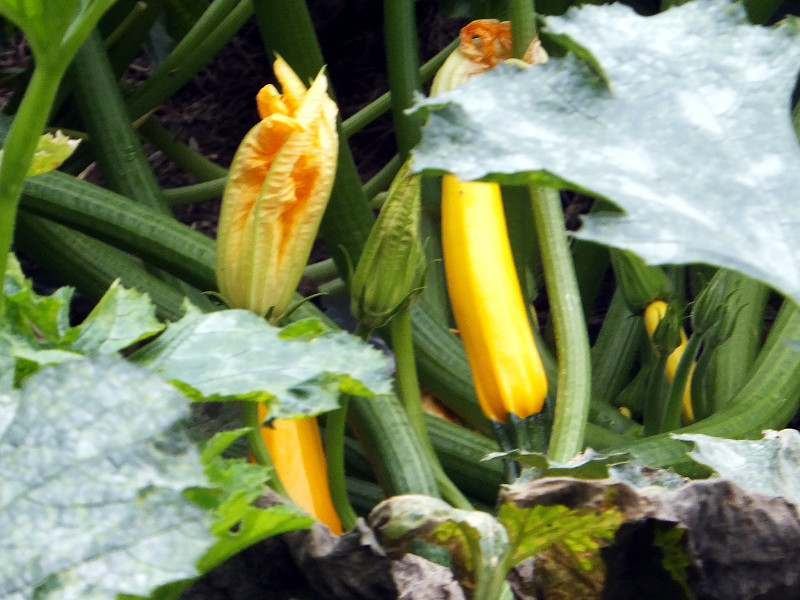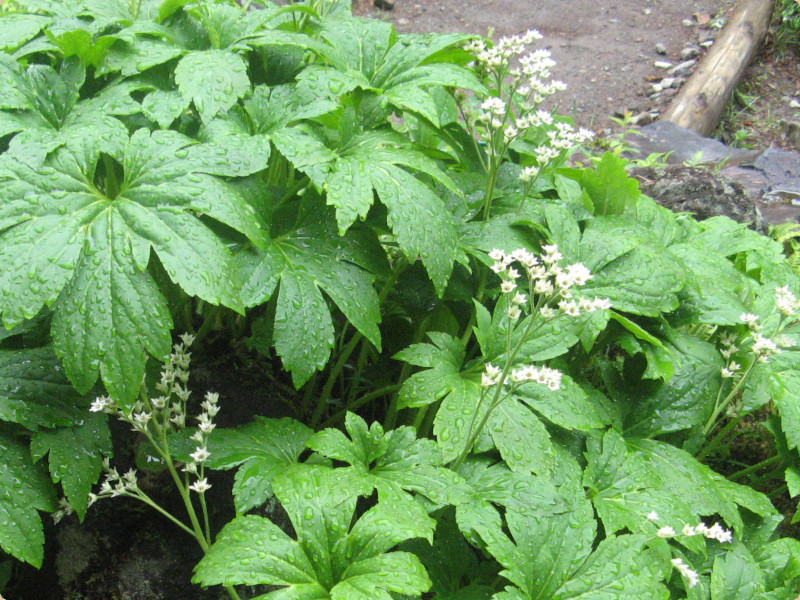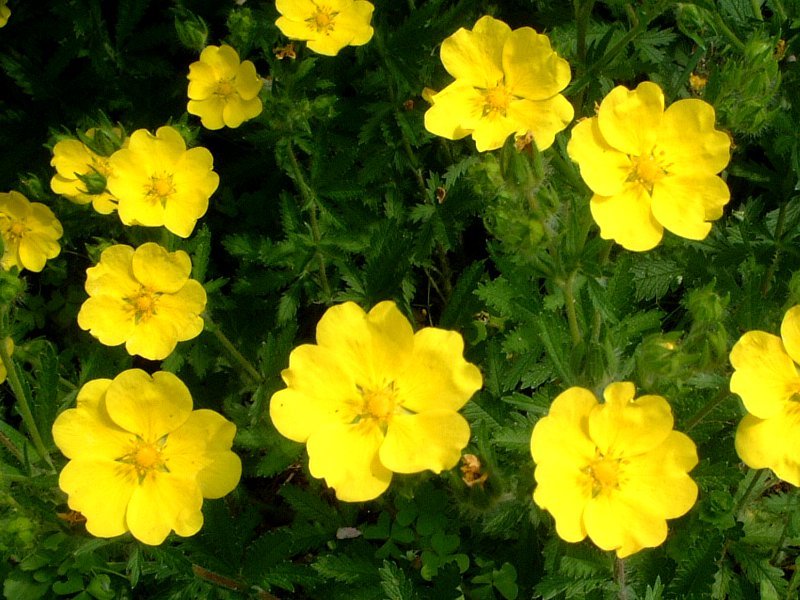Polygonum thunbergii
- Flower namePolygonum thunbergii
- Scientific namePolygonum thunbergii
- Aliasウシノヒタイ, コンペイトウグサ
- Place of originEast Asia including Japan, the Korean Peninsula and China
- Place of floweringFields and footpaths
- Flowering seasonJuly, August, September, October
What is Polygonum thunbergii
Polygonum thunbergii
Mizosoba (“ditch buckwheat,” scientific name: Polygonum thunbergii) is an annual wild herbaceous plant of the family Polygonaceae, genus Polygonum, distributed from Japan to China.
It is also known by the Japanese common names ushinohitai (“cow’s forehead”) and konpeitō-gusa (“sugar candy plant”).
In Japan, it grows in wetlands such as rice paddies and irrigation channels from Hokkaido to Kyushu.
The plant grows to a height of 30–80 cm. The leaves are green, shaped like a cow’s forehead (resembling the leaves of the morning glory), and are alternately arranged.
From July to October, it produces clusters of pale pink flowers, each 0.4–0.7 cm in diameter.
The young shoots, leaves, and flower buds are edible.
Origin of the Name
The genus name Polygonum comes from the Greek words poly (“many”) and gonum (“angle”), meaning “polygon,” referring to the flower shape.
The species epithet thunbergii honors the Swedish botanist Dr. Carl Peter Thunberg.
The Japanese name “mizosoba” derives from its habit of growing in ditches (mizo) and its resemblance in plant form and seeds to buckwheat (soba).
The common name “konpeitō-gusa” comes from the flowers’ resemblance to the traditional Japanese sugar candy konpeitō.
The name “ushinohitai” comes from the leaves’ resemblance to the forehead of a cow.
Difference from Mamakonoshirinugui
Mamakonoshirinugui differs in leaf shape: Mizosoba has leaves resembling those of the morning glory, while Mamakonoshirinugui has triangular leaves like the outspread wings of a bat.
Language of Flowers
“Purity” and “Eccentricity”
Common name: Mizosoba (ditch buckwheat)
Scientific name: Polygonum thunbergii
Other names: Ushinohitai, Konpeitō-gusa
Classification: Plantae – Angiosperms – Eudicots – Core eudicots – Caryophyllales – Polygonaceae – Polygonum – P. thunbergii
Habitat distribution: East Asia, including Japan, Korean Peninsula, China
Distribution in Japan: Nationwide from Hokkaido to Kyushu
Habitat: Wetlands such as rice paddies and irrigation channels
Life form: Annual wild herbaceous plant
Height: 30–80 cm
Leaf color: Green
Leaf shape: Ushinohitai-shaped (cow’s forehead shape)
Leaf arrangement: Alternate
Flowering period: July–October
Flower diameter: 0.4–0.7 cm
Flower color (actually sepal color): Pale pink
Uses: Young shoots, leaves, and flowers are edible
Related page
Mizosoba (Polygonum thunbergii)
